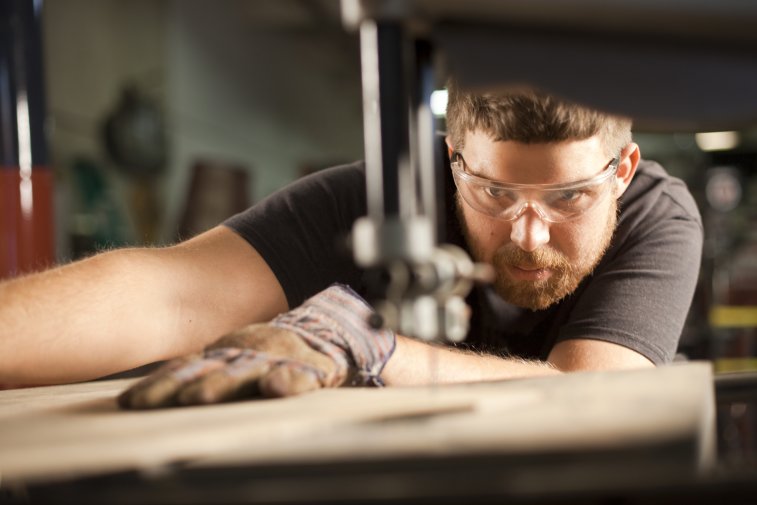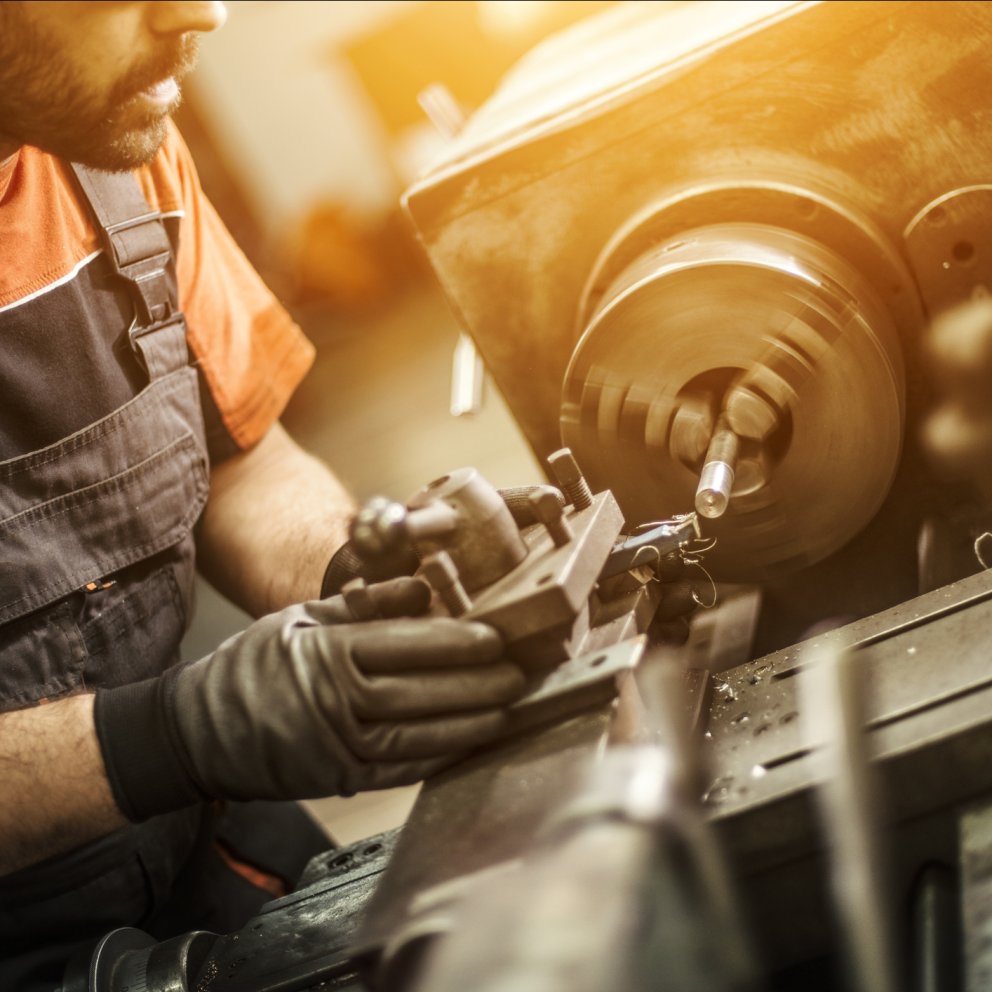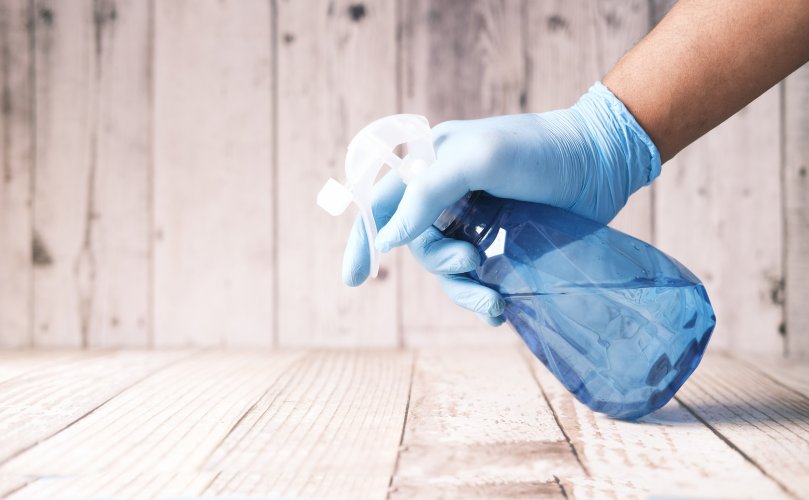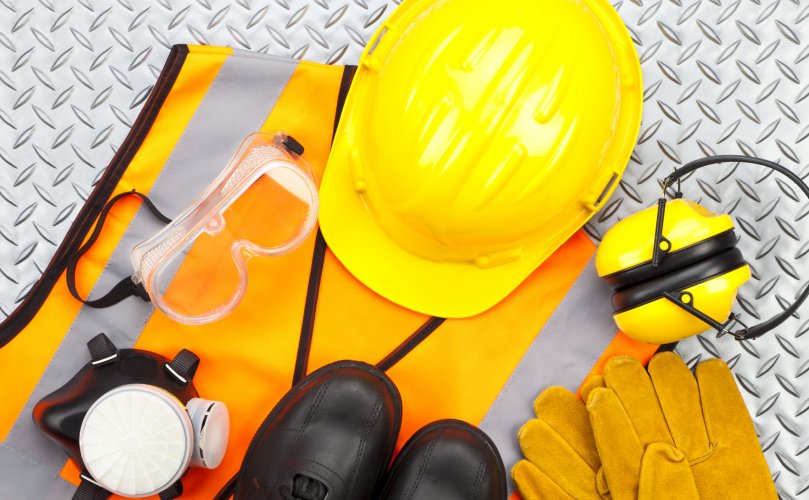
Hand protection: Gloves for protection against mechanical hazards
Hand injuries belong to the most common occupational risks faced by employees. It is the employer’s responsibility to correctly identify the workplace risks and hazards associated with the work activity and, on that basis, to provide the employees with the appropriate protection gloves.
Mechanical hazards include cuts, abrasions, tears, punctures or impact.
Mechanical resistance of gloves - EN 388 standard
The physical and mechanical resistance of protection gloves to mechanical hazards is assessed according to EN 388. Properties such as abrasion, cut, puncture, tear and impact resistance are tested.

1. Abrasion resistance
The material is exposed to abrasion under certain pressure. According to the number of revolutions required to wear through the material, creating a hole, the degree of protection is indicated on a scale from 1 to 4. The higher the rating, the higher the resistance.
2. Cut resistance
Protection against cuts is tested using the Coupe test method. A knife is run over the gloves until it cuts through. The level of protection is indicated on a scale from 1 to 5. Again, the higher the rating, the higher the resistance.
If the material makes the knife blunt during this test, a cut-through test according to ISO 13997 (TDM test) is carried out.
3. Tear resistance
The test aims at finding out how much force is needed to tear the glove material. The level of protection is defined on a scale from 1 to 4, with 4 indicating the strongest material.

4. Puncture resistance
The degree of puncture resistance of gloves is determined by the force required to puncture the material with a spike. The protective function is indicated on a scale from 1 to 4, where 4 indicates the most resistant material.
5. Cut resistance by TDM test (ISO 13997)
If the knife becomes blunt during the Coupe test, a TDM reference test is performed instead. The result is indicated by a letter from A to F, where F rating indicates the highest level of protection.
6. Impact protection
This is an additional protective feature of the gloves. If the glove has impact protection, this information is indicated by the letter P. If no P is indicated, it means that the glove does not feature an impact protection.
Types of mechanical protection gloves
- Multi-purpose gloves for precision work provide basic protection against mechanical hazards. They have a wide range of applications. They can be made of textile, coated or with PVC dots on the fingers and palms. They are most often used in light industry, engineering, or handling of goods.
- All-leather gloves provide a degree of cut and puncture protection depending on the design. With all-leather gloves, the disadvantage is the lower sensitivity with certain materials. They are suitable for work in the construction industry, when working with tools, in heavy industry and so on.
- Combination work gloves are made of a combination of fabric and leather, which is applied to areas that are particularly vulnerable to mechanical damage. The use of the gloves is versatile - from construction to logistics to housework or gardening.

- Gloves for handling in oily environments provide a secure grip while protecting the worker’s hands from oils and lubricants. They can be dipped or coated, depending on the requirements of the work being carried out and the risks of the workplace.
- Gloves with thermal hazard protection, whether heat-resistant or cold-resistant gloves, welding gloves and the like, will protect you perfectly from thermal hazards.

Cut-resistant gloves are designed to reduce the likelihood of an employee being cut, but cuts can still occur. However, wearing cut-resistant protective gloves can significantly reduce the severity of an injury, where, for example, instead of losing a finger, only a surface incision injury is sustained.

Special gloves
- Anti-vibration gloves reduce the effect of dangerous vibrations transmitted by the equipment or machine on the worker’s hands. They are mainly used in the construction industry during work with a jackhammer, electric drill, etc.
- Gloves with electrostatic discharge (ESD) protection are used in aerospace, electronics, telecommunications, as well as in the petrochemical industry.
Are you not sure which gloves are best suited for your employees? Our specialists will be happy to help you with the selection. Contact us!
Continue reading

Hand protection: Chemical protection gloves

Your PPE guide: Protective workwear

